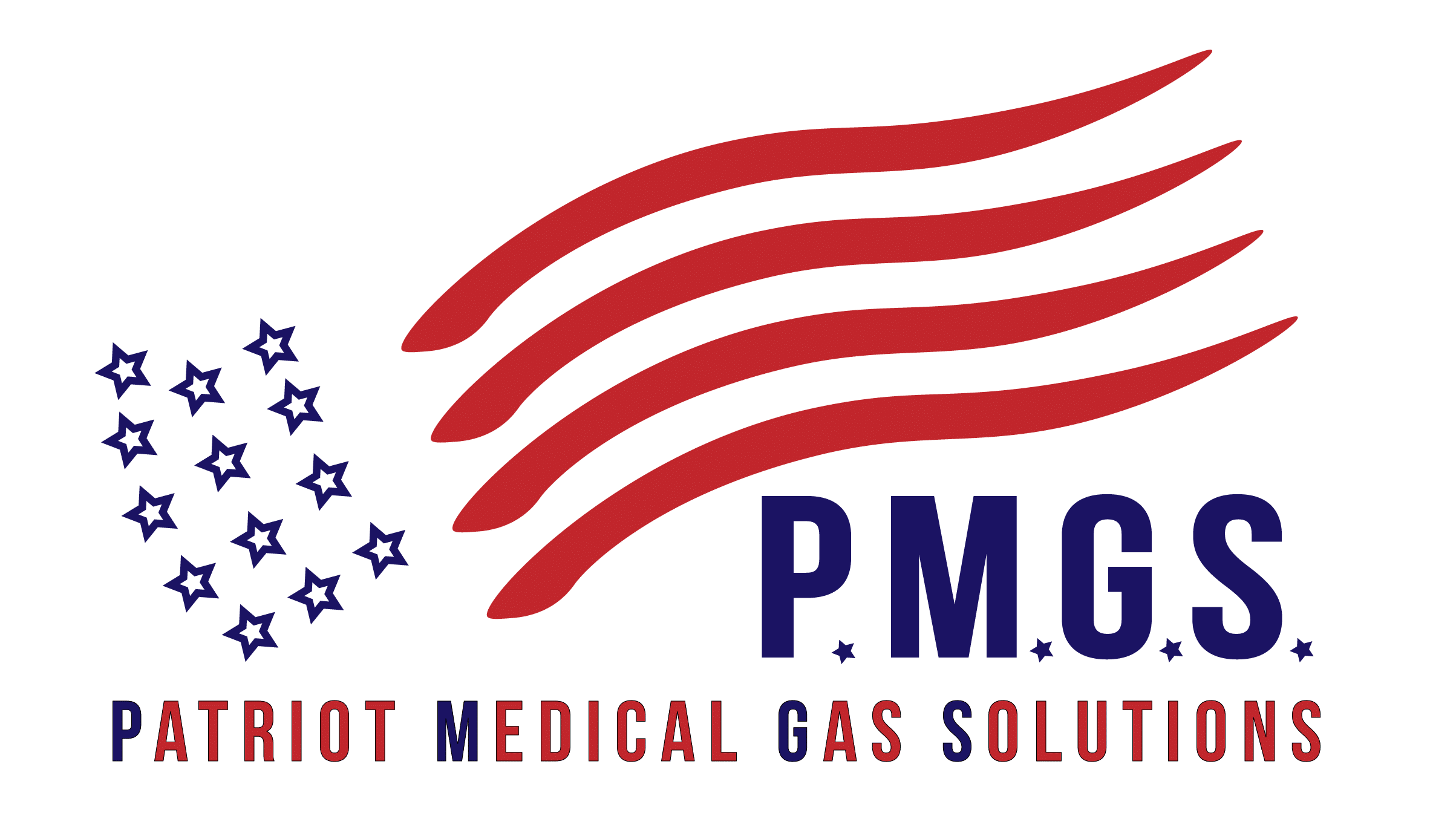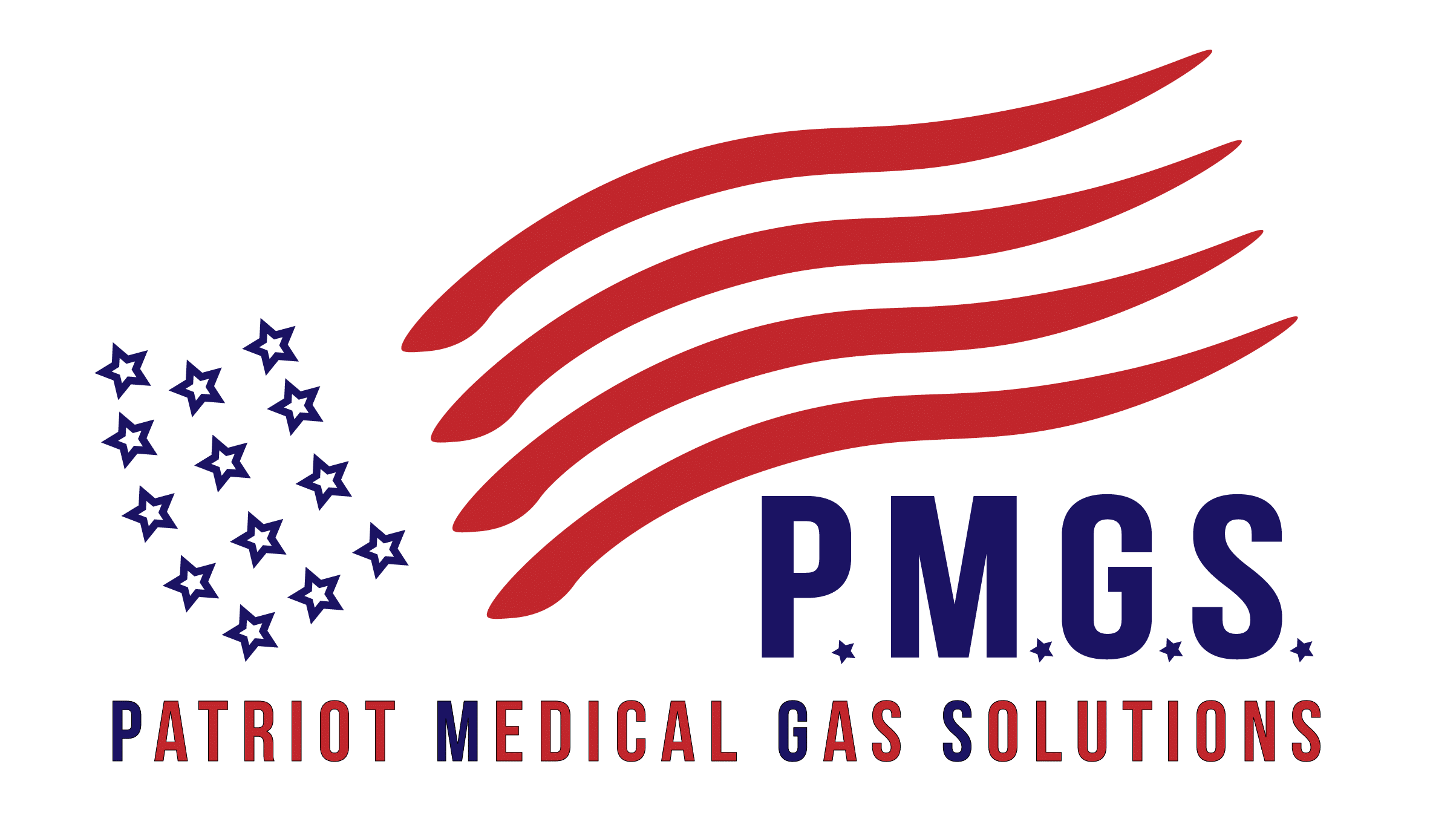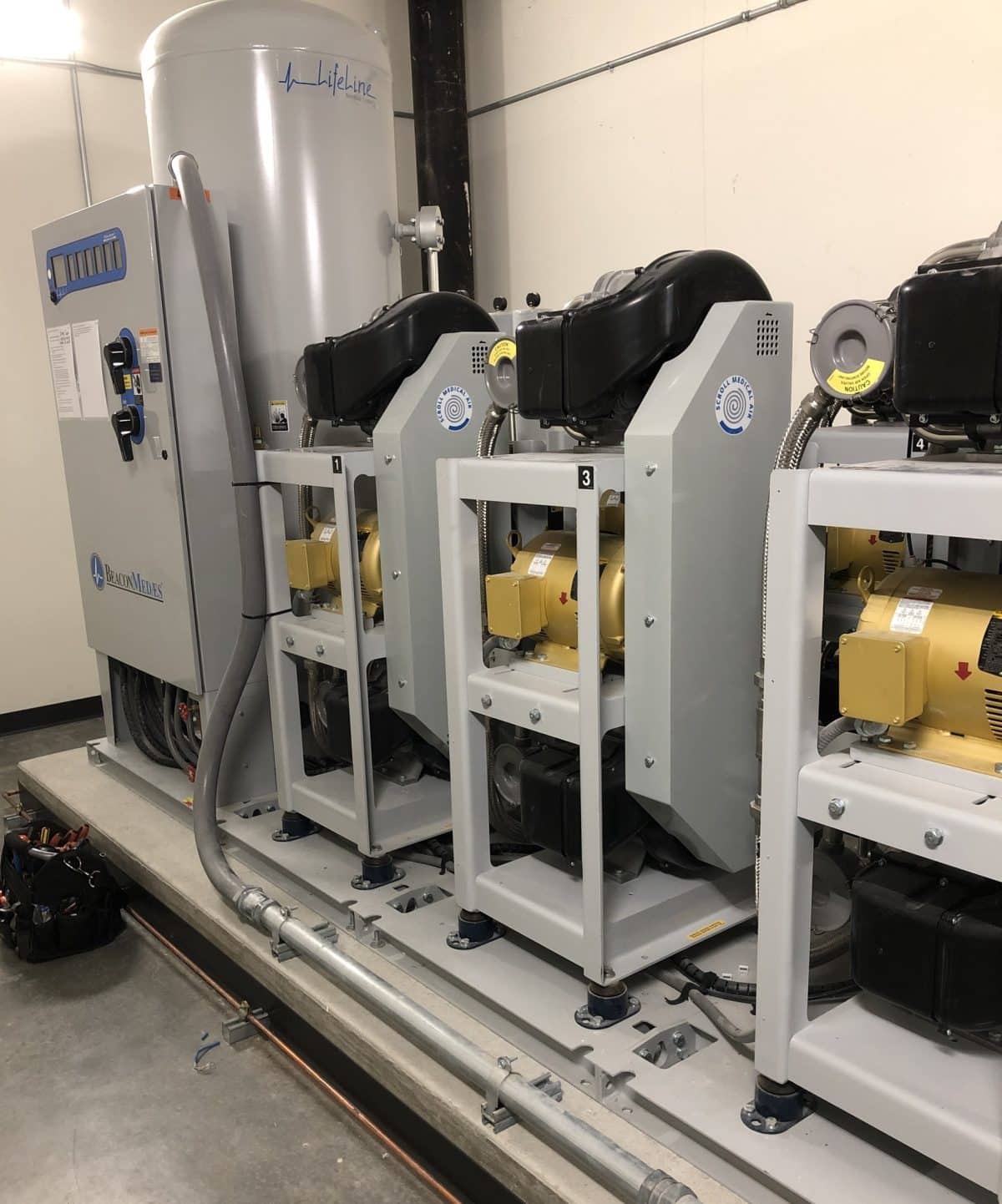October 2022
The Patriot Standard
By Dave Osborn
Owner of Patriot Medical Gas Solutions and an ASSE 6030 Medical Gas Verifier
In this article, I am hoping to connect to all the hospital and surgery center Maintenance/Facility Directors out there. It is my hope that you will take the 5-minutes to read this article and to spark some ideas or maybe bring some things to mind when you are involved in purchasing replacement or new medical gas equipment.
Have you ever had a project where the purchase of new equipment is required? When you are working on a project that has capital equipment purchases, are you only looking at the purchase price? Do you ever look at how much it will cost to maintain the equipment? How about energy costs to operate that equipment over the span of 3-years, 5-years, or even 10? And what about the expected lifespan of the equipment? Why is it not as important to you or your facility at that point in time? It is simple really, capital budget vs. maintenance budget. Or is it that simple? I believe that the two budgets directly affect each other in the big picture.
Capital budgets are rigid, with little room in them for anything not mapped out and planned a year or even years in advance. Sure, most facilities keep an emergency capital fund, but that is truly for emergencies only and not to be dipped into for additional wish lists. When you turn to your vendors for a bid, you are probably reaching out to someone you like or maybe even trust. It is the responsibility of the vendor to keep the facility’s budget in mind when offering capital project equipment, but it is also their responsibility to present the true cost of ownership…the maintenance, energy use, and lifespan expectancy. If your vendor isn’t freely offering this information, maybe it is the right time to evaluate your relationship with that vendor? It is CERTAINLY the right time for you to inquire about these costs as you are the one that has to live with those costs long after the purchase is made.
Maintenance budgets seem to be much more fluid, and therefore allow for equipment with a higher cost of ownership to be considered. Another reason is that you may not realize the true cost of ownership! Many of your potential vendors are not forthcoming and honest about the required preventative maintenance, energy use, and longevity of the equipment. Again, capital budgets, being much more rigid, the C-Suite executives tend to always look for the bottom line to purchase only, not the true cost of owning that piece of equipment. As the Facility Director, you may know that the higher priced equipment is better (obviously that is not always the case though as price and quality are not always parallel) but getting the C-suite executives to sign off on more expensive equipment may be a battle that you can’t win or don’t want to spend your time and energy to even try to win. I propose to you that this is a battle you have to fight now, or you will fight them year after year as you ask for the money to maintain this equipment.
So, you may be saying, “well thanks for stating the obvious Dave, now what can I do about it?” Ask your vendor to present a bid for the equipment that best suits your facility’s needs, regardless of price point, as well as a budgetary pricing for the next 3-years of preventative maintenance, an estimated power consumption expectancy, and what the expected life of that equipment is. Furthermore, take the time to research the other possible technologies that are on the market, and reach out to those distributors as well. Now, this all takes time, and time is money, but wouldn’t you be happier each year as the preventative maintenance rolls around and you are spending a fraction of the cost that you would’ve had you purchased solely based on the purchase price?
Energy consumption is a big topic nowadays, as well as a major expense your facility incurs every month. Many times, when you are dealing with source equipment in your Medical Gas Systems, the more expensive pumps and compressors are far more energy efficient. The technology that goes into making it that way usually is what drives the purchase price up! The monthly savings your facility could see on your energy bill could very well make up the difference in purchase price in a matter of a year or two.
What about life expectancy? Is a cheaper piece of equipment worth it if you have to replace it or rebuild it a lot more frequently than a better built equivalent? Not only the cost of new pumps or rebuilding them, but add in the cost of down time, labor, shipping, etc. It all adds up! Most of the time, you will find that real quality is not cheap, and cheap equipment is not built with real quality!
Now, I am not here to try to tell you that all equipment that costs more up front will cost less to own. Many times, this just isn’t the case! What I am trying to accomplish here is to get you to evaluate ALL of these aspects of purchasing and owning the equipment. If you can see a return on investment within 2-3 years of ownership, wouldn’t you rather have the equipment that will last longer and give you real savings beyond the ROI period?


